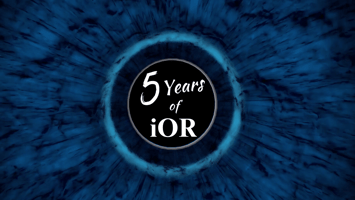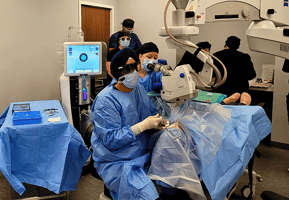Fueled by a vision to redefine surgical excellence through physician-led care, iOR Partners has...
The Future of Cataract Surgery
By Richard Lindstrom, MD
Cataract surgery is the highest volume procedure for both the ophthalmologist and the ophthalmic industry, attracting significant investment and a continuous flow of new products, services, and even point of service. With continuous innovations and growing demand, the future of cataract surgery is positive.
In 2022 approximately five million cataract procedures will be performed in the U.S.A. and about 30 million worldwide. The aging of our population and increased life expectancy project a compound annual growth rate of 3% to 4% per year for cataract surgery in the next 30+ years, and many emerging countries remain unreserved. In 24 years or less, we will be performing 10 million cataract surgeries a year in the U.S. and more than 60 million in the world.
I predict that by 2030, just nine years away, the average annual volume for the U.S. cataract surgeon will be 600 cases per year. The mean age of the patient undergoing cataract surgery will decline five years, from 73 today to 68 in 2030. The cataracts removed will be softer or softened by FLACS, other devices or medications, and phaco-aspiration will replace phaco-emulsification for most cases, making surgery safer and faster. The increased use of advanced technology/premium IOLs, enhanced surgeon and operating suite efficiency with increased case numbers performed per hour, and continued growth of patient pay will compensate the well-trained refractive cataract surgeon and support industry well, probably better than today.
As for the surgical environment, most cataracts will be removed in an office-adjacent ASC or an office-based surgery suite. Just as the shift from the hospital to the ASC occurred over the past two decades, the shift to office-based surgery is the next natural evolution. A well-managed, in-office OR is efficient for the surgeon, generates a positive patient journey with high patient satisfaction and good objective outcomes at a significantly lower cost. I joined the iOR Partners board as I see an important trend in ophthalmology where more cataract surgery procedures will be performed in an office-based surgery suite as in motion. This trend will accelerate in the next decades as the market and patients reward quality, patient-friendly, efficient, and cost-effective care. The past and future of ophthalmology are closely tied to cataract surgery, and my vision of the future for this field is bright indeed.



